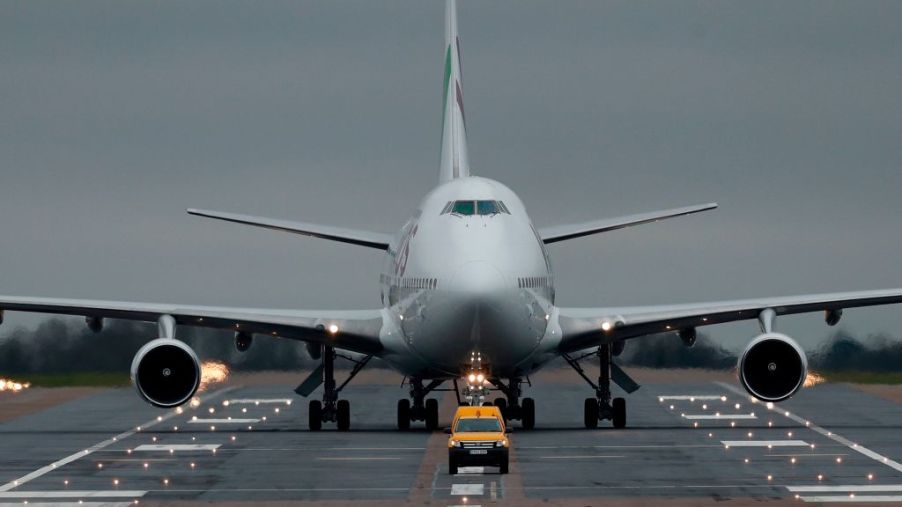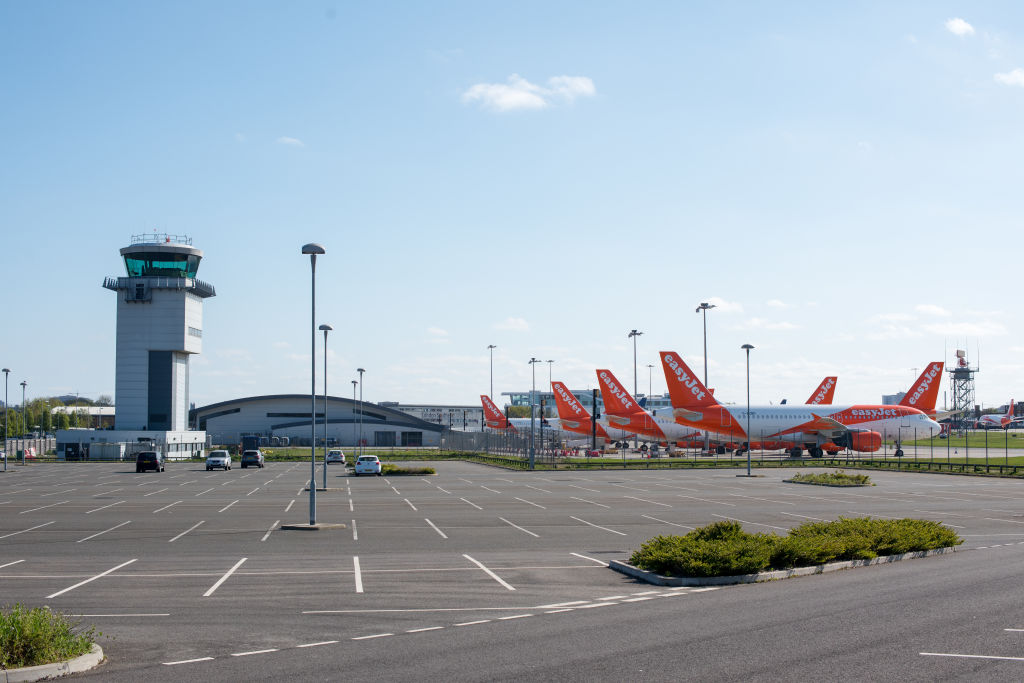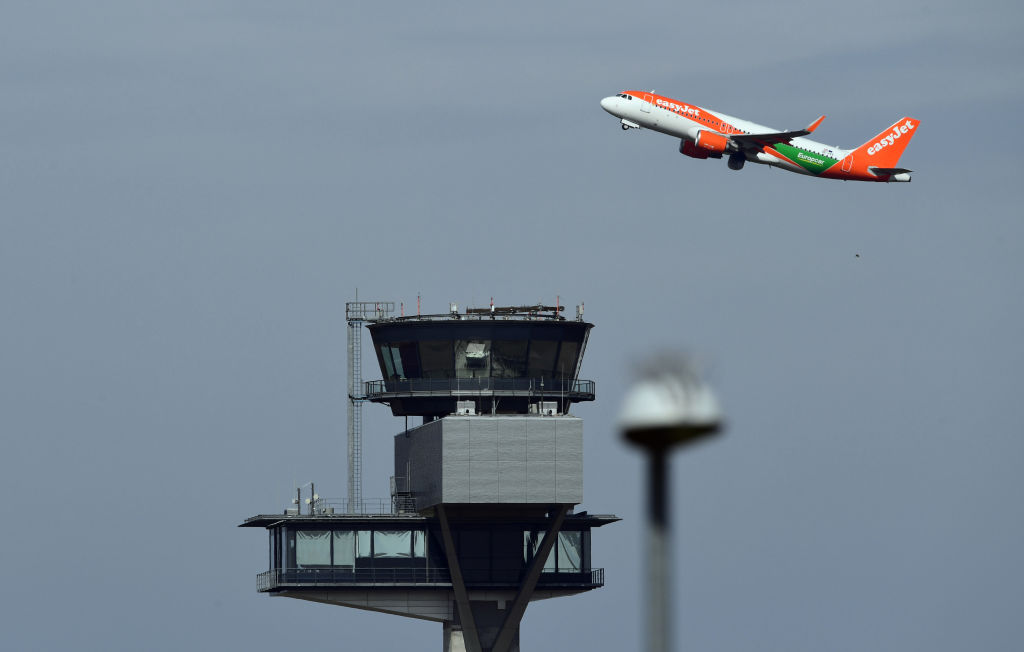
For Once, Driving Might Actually Be Safer Than Flying
When it comes to flying, many people have the irrational fear that their plane is going to crash or fall out of the sky in a freak accident. The chances of dying in a plane crash are pretty slim, and comparatively, flying is usually a safer method of transportation than driving. If you look at the statistics, it’s clear that you’re more likely to get into a fatal car accident than you are to end up on the front page of a newspaper for dying in a plane crash. With the recent outbreak of COVID-19, for the first time in a long time it might actually be safer to make a road trip than fly.
It might be safer to drive, probably for the reason you think
Unless you have the money to book a private jet, chances are if you’re traveling by plane that means visiting crowded airports and possibly being seated in close proximity to strangers. While some airports can do their best to keep their facilities as sanitized as possible, it’s just not an option to constantly disinfect such larger areas with constant foot traffic.
The airports are the first reason flying might be unsafe. From the very start, social distancing and sanitizing shared spaces is relatively difficult. From the elevators that take you through the airport to the bins you use when going through TSA, chances are you are going to come in contact with someone else’s germs.

If you’re traveling for more than a few days or require a large amount of luggage, chances are you’re going to be checking a bag. The bag-check process requires your bag to change hands multiple times, between getting from the check-in area to get on and off of the airplane, several people will touch not only your bag but also other people’s bags. This can increase your chances of coming into contact with potentially infectious diseases.
Then, of course, there is the actual plane ride
While you can participate in social distancing by not sitting directly next to others on the plane ride, this isn’t always possible depending on how full the flight is.
Even more so, no matter where you sit on the plane, at some point in time another person is going to pass by you, whether to find their seat or make their way to the bathroom.

Because airplanes are pressurized, they are almost completely sealed cabins where there isn’t fresh air flow, this can increase the potential spread of germs and infectious bacteria.
While it may not stay this way for long, and doesn’t change the fact that there are statistically more car-related deaths than plane-related deaths every year, for the time being you are less likely to be at risk for COVID-19 in your own car than on an airplane.


